Home>Technology>Security & Surveillance>How To Make A Makeshift Door Lock
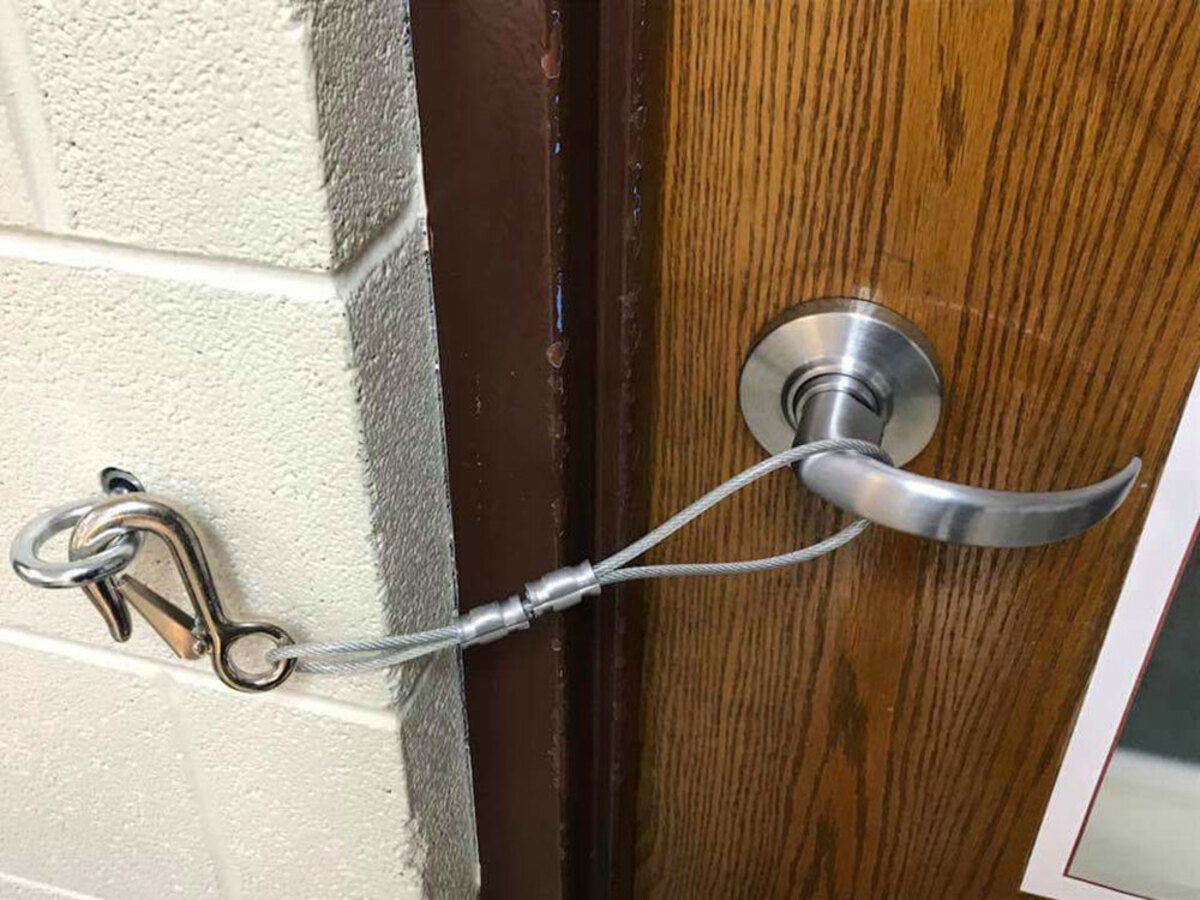

Security & Surveillance
How To Make A Makeshift Door Lock
Modified: January 5, 2024
Learn how to create a makeshift door lock for added security and surveillance. Discover simple techniques to enhance your home's safety.
(Many of the links in this article redirect to a specific reviewed product. Your purchase of these products through affiliate links helps to generate commission for Storables.com, at no extra cost. Learn more)
Introduction
When it comes to home security, having a reliable door lock is essential. However, there may be situations where you find yourself in need of a makeshift door lock. Whether you're traveling, staying in a temporary accommodation, or simply want an extra layer of security, knowing how to create a makeshift door lock can be invaluable.
In this guide, we'll explore a simple yet effective method for crafting a makeshift door lock using basic materials. This DIY solution can provide peace of mind in various scenarios, offering a quick and practical way to secure a door when a traditional lock is unavailable or compromised.
By following the steps outlined in this guide, you'll learn how to fashion a makeshift door lock using readily available items. This knowledge can be particularly useful in emergency situations or when you need to secure a door quickly and effectively. Let's dive into the materials needed and the step-by-step process of creating a makeshift door lock to bolster your security measures.
Key Takeaways:
- Create a makeshift door lock using a fork, rubber band, and cardboard to add extra security in temporary or emergency situations. It’s a resourceful DIY solution for peace of mind when traditional locks are unavailable.
- Test the makeshift door lock by gently trying to open the door from the outside. Make adjustments if needed to ensure it effectively secures the door, providing an additional layer of security when traditional locks may not be available.
Read more: How To Make A Makeshift Air Conditioner
Materials Needed
Before you begin creating a makeshift door lock, it's essential to gather the necessary materials. The items listed below are readily available and can be found in most households or easily obtained.
- A sturdy fork or spoon
- A rubber band or hair tie
- A small piece of cardboard or a thick paper clip
- A pair of scissors (if using cardboard)
- A door with a narrow gap between the door and the frame
These basic materials will serve as the foundation for constructing a makeshift door lock. Once you have these items on hand, you'll be ready to proceed with preparing the door and creating the locking mechanism. With a resourceful approach and a few simple tools, you can effectively reinforce the security of a door using this makeshift lock method.
Step 1: Prepare the Door
Before crafting the makeshift door lock, it's important to prepare the door to ensure that the locking mechanism can be implemented smoothly. Start by examining the door and its frame to identify a suitable location for the makeshift lock. Look for a narrow gap between the door and the frame where the locking mechanism can be inserted and engaged.
Once you've identified a viable location, clear any obstructions or debris from the gap to ensure a smooth and secure fit for the makeshift lock. It's essential to create a clean and unobstructed space where the locking mechanism can be inserted and operated effectively.
Next, position the fork or spoon vertically with the handle facing downward. Insert the handle into the narrow gap between the door and the frame, ensuring that it fits securely and does not protrude outward. The handle will serve as the anchor for the makeshift lock, providing stability and support for the locking mechanism.
With the door prepared and the anchor in place, you're ready to move on to the next step: creating the locking mechanism that will effectively secure the door in place. This preparation sets the stage for seamlessly implementing the makeshift door lock, laying the groundwork for enhanced security in temporary or emergency situations.
Use a sturdy object like a belt or rope to secure the door handle to a fixed object, like a doorknob or hook, to create a makeshift door lock in an emergency.
Step 2: Create the Locking Mechanism
With the door prepared, it's time to craft the locking mechanism that will effectively secure the door using the makeshift lock. To create this mechanism, you'll utilize the fork or spoon, along with a rubber band or hair tie, and a small piece of cardboard or a thick paper clip.
Begin by taking the rubber band or hair tie and securing it around the top of the fork or spoon handle near the base. This will help ensure that the makeshift lock remains in place and provides the necessary tension to keep the door secure once the locking mechanism is engaged.
Next, if you're using a small piece of cardboard, cut it into a rectangular shape that is slightly narrower than the gap between the door and the frame. Alternatively, if a thick paper clip is available, bend it to form a flat, elongated shape that can fit into the narrow gap without difficulty.
Insert the cardboard or bent paper clip into the gap, positioning it so that it rests against the inside surface of the door. The rubber band or hair tie wrapped around the fork or spoon handle should hold the cardboard or paper clip securely in place, creating a simple yet effective barrier that prevents the door from opening.
Once the locking mechanism is in position, test its effectiveness by attempting to open the door from the outside. If the makeshift lock holds the door securely in place, you have successfully created a functional and reliable locking mechanism using basic materials.
By following these steps, you can fashion a makeshift door lock that provides an additional layer of security when needed. This resourceful approach empowers you to secure a door quickly and effectively, offering peace of mind in various situations where traditional locks may be unavailable or compromised.
Step 3: Test the Makeshift Door Lock
After creating the makeshift door lock, it’s crucial to thoroughly test its functionality to ensure that it effectively secures the door. Testing the lock will help verify its reliability and identify any adjustments that may be necessary to enhance its performance.
Begin by gently attempting to open the door from the outside while the makeshift lock is engaged. Apply gradual pressure to the door, simulating an attempt to gain entry. Observe the behavior of the locking mechanism and assess whether it maintains the door securely in place.
If the door remains steadfast and the locking mechanism effectively prevents it from opening, the makeshift door lock has demonstrated its functionality. However, if the door shows signs of movement or the locking mechanism proves ineffective, consider making adjustments to reinforce the security provided by the makeshift lock.
One potential adjustment involves tightening the rubber band or hair tie around the fork or spoon handle to increase the tension applied by the locking mechanism. Additionally, ensuring that the cardboard or paper clip fits snugly within the gap and provides a sturdy barrier can further enhance the effectiveness of the makeshift lock.
Repeat the testing process multiple times to validate the consistency of the makeshift door lock’s performance. This comprehensive approach will help confirm its reliability and identify any refinements needed to optimize its security capabilities.
By thoroughly testing the makeshift door lock and making any necessary adjustments, you can bolster the security of the door in temporary or emergency situations. This proactive approach empowers you to address potential vulnerabilities and reinforce the door’s defenses, providing peace of mind and an additional layer of security when traditional locks may not be available or sufficient.
Read more: How To Make A Lock For Your Door
Conclusion
Creating a makeshift door lock using simple materials offers a practical and resourceful solution for enhancing security in various scenarios. Whether you’re traveling, staying in temporary accommodations, or seeking an additional layer of protection, the ability to craft a makeshift lock can provide peace of mind and bolster your security measures.
By following the step-by-step process outlined in this guide, you’ve learned how to fashion a makeshift door lock using basic items such as a fork or spoon, a rubber band or hair tie, and a small piece of cardboard or a thick paper clip. This DIY approach empowers you to secure a door quickly and effectively when traditional locks may be unavailable or compromised.
Through careful preparation, the creation of a reliable locking mechanism, and thorough testing, you’ve gained the knowledge and practical skills to implement a makeshift door lock with confidence. This resourceful method equips you to address security concerns and reinforce the defenses of a door, offering a valuable tool for emergency situations and temporary security needs.
Remember that while a makeshift door lock can provide an additional layer of security, it’s essential to prioritize the use of proper, high-quality locks in permanent living spaces. However, having the ability to craft a makeshift lock can serve as a valuable contingency plan, offering reassurance and practical security measures when they’re most needed.
By mastering the art of creating a makeshift door lock, you’ve expanded your security capabilities and demonstrated a proactive approach to safeguarding your surroundings. This newfound knowledge can provide peace of mind and empower you to address security challenges with ingenuity and resourcefulness, ensuring that you’re well-prepared to bolster your security measures when the need arises.
Frequently Asked Questions about How To Make A Makeshift Door Lock
Was this page helpful?
At Storables.com, we guarantee accurate and reliable information. Our content, validated by Expert Board Contributors, is crafted following stringent Editorial Policies. We're committed to providing you with well-researched, expert-backed insights for all your informational needs.
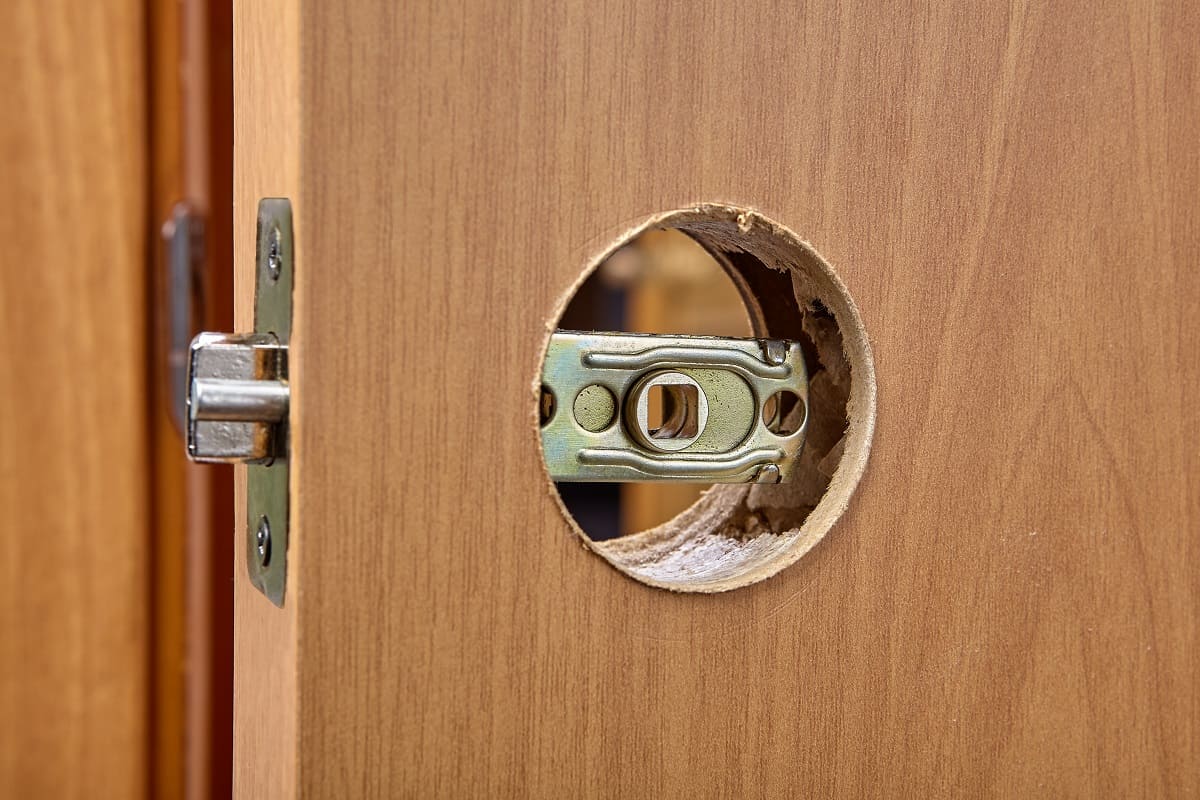
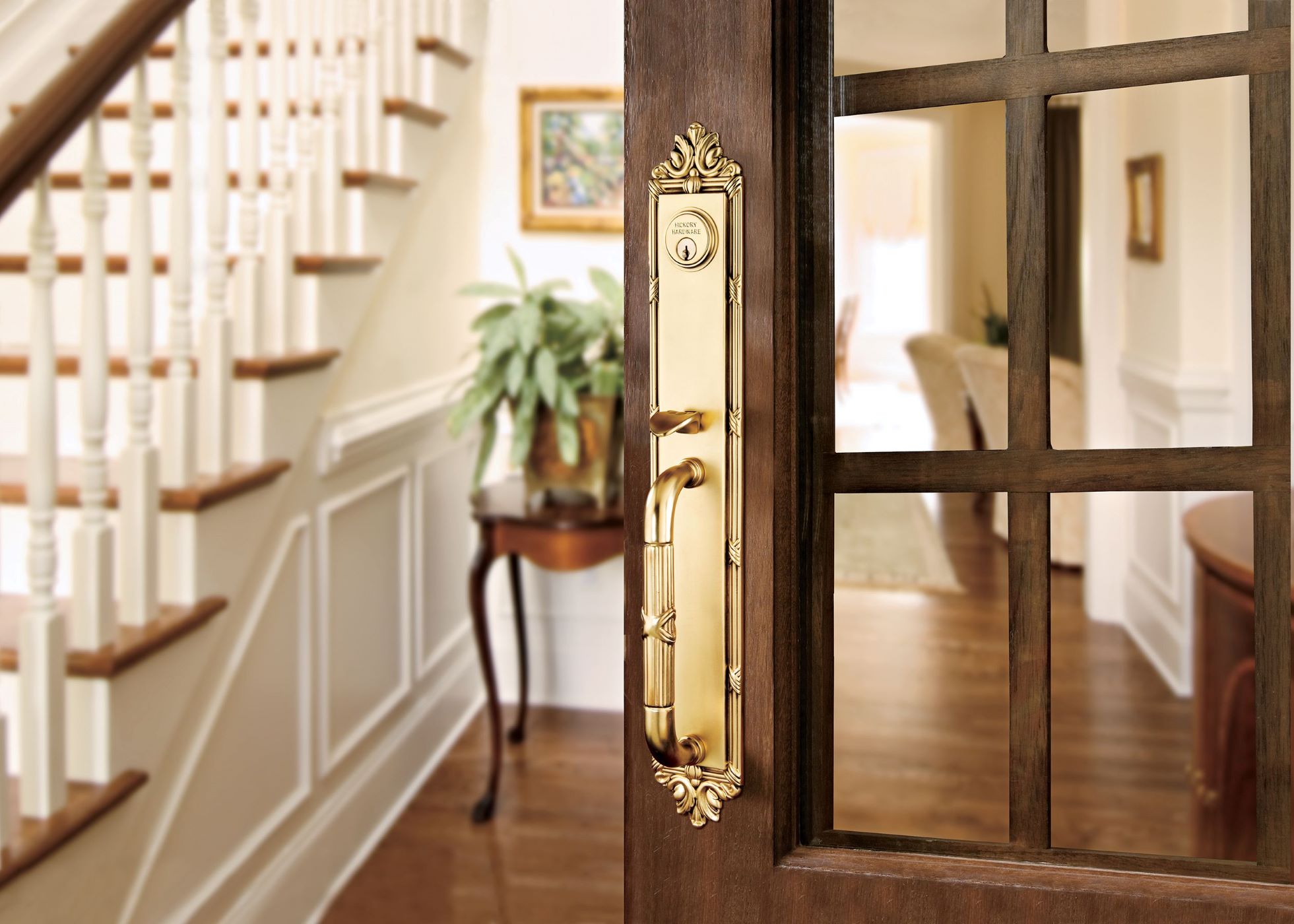
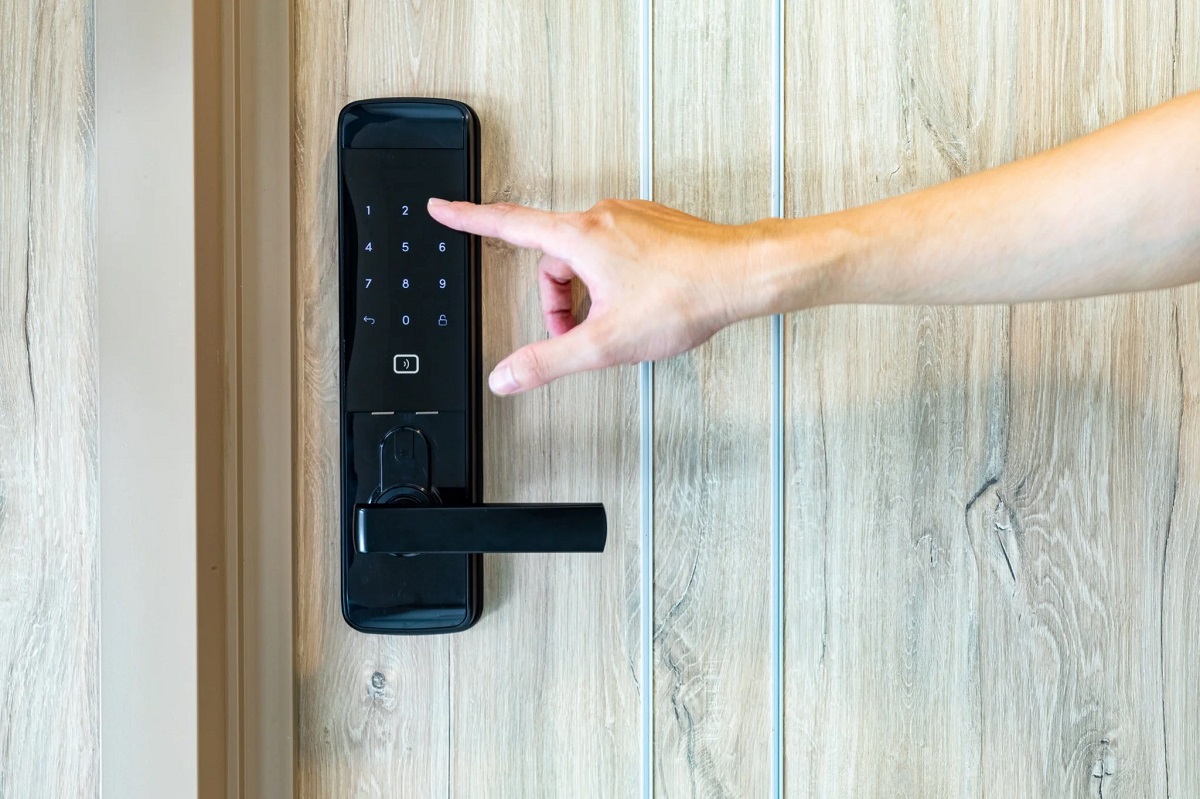


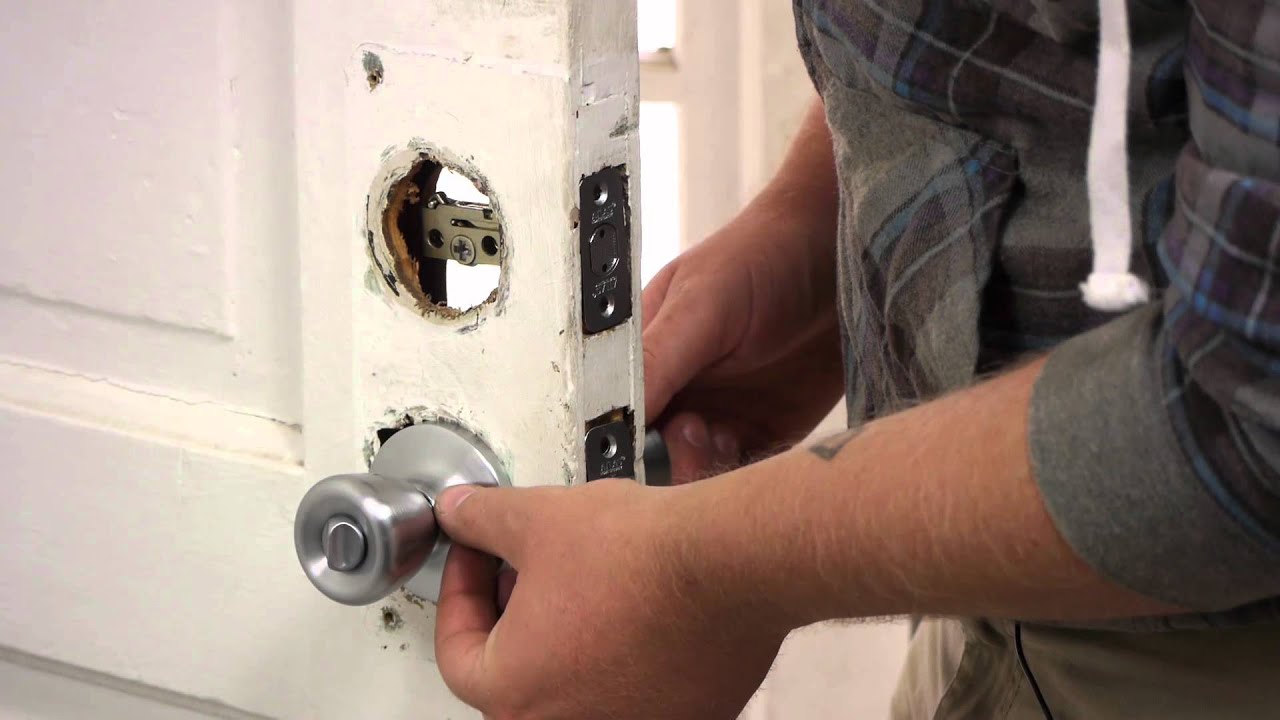
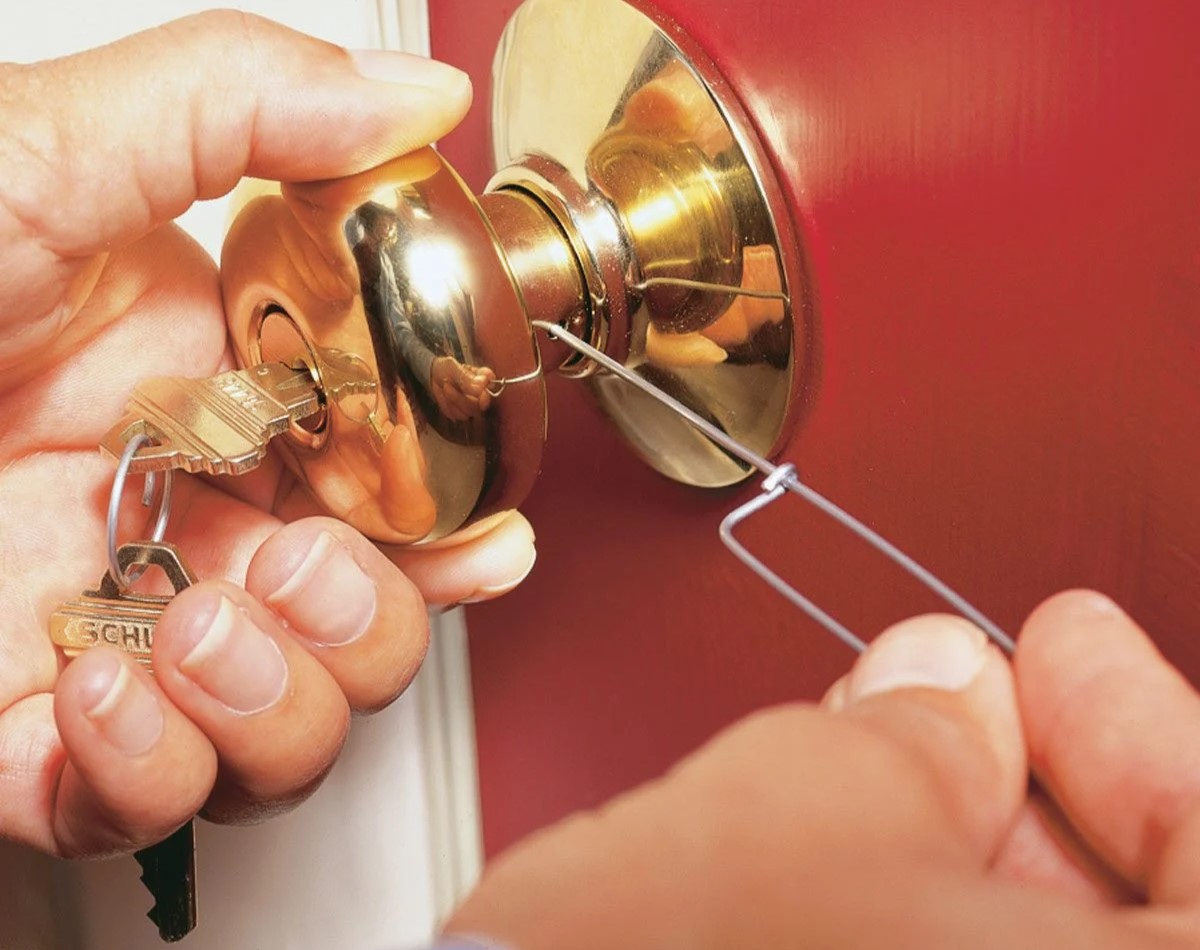
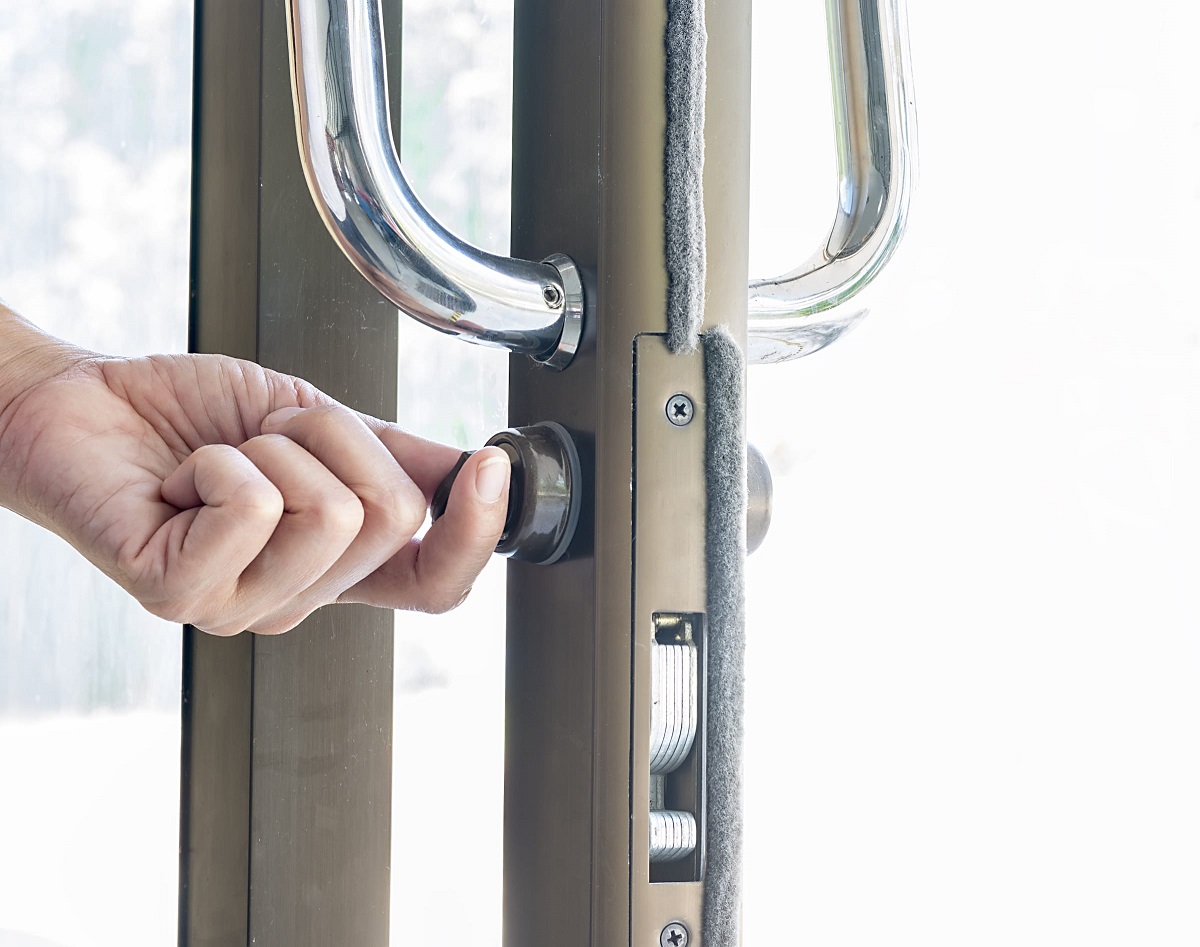
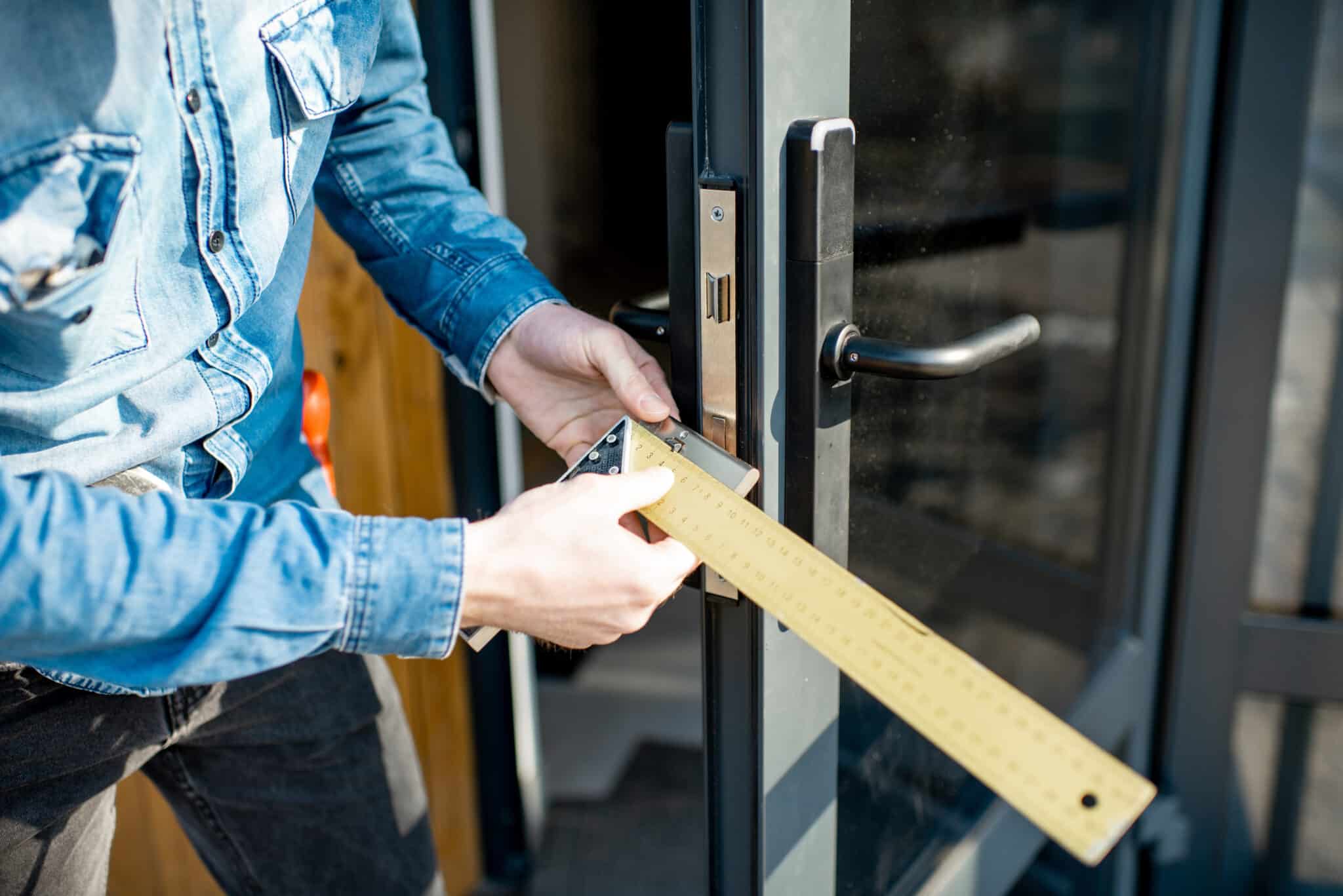
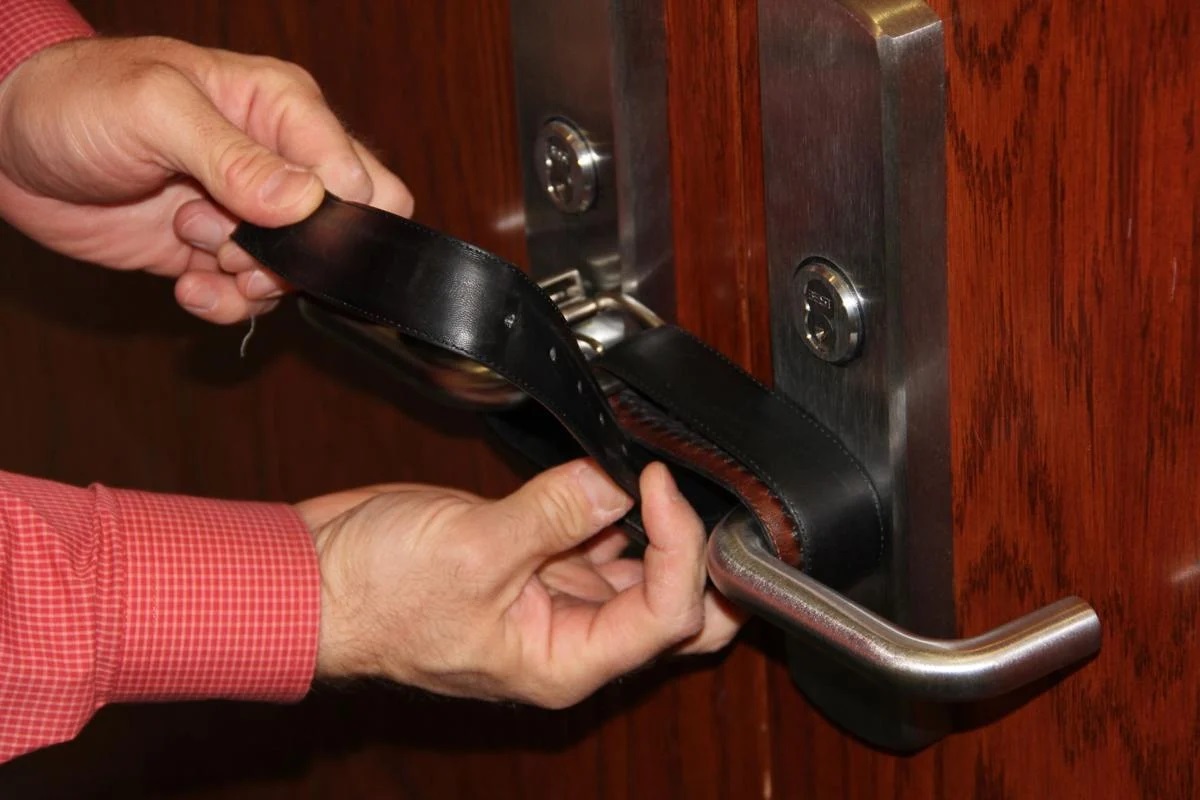
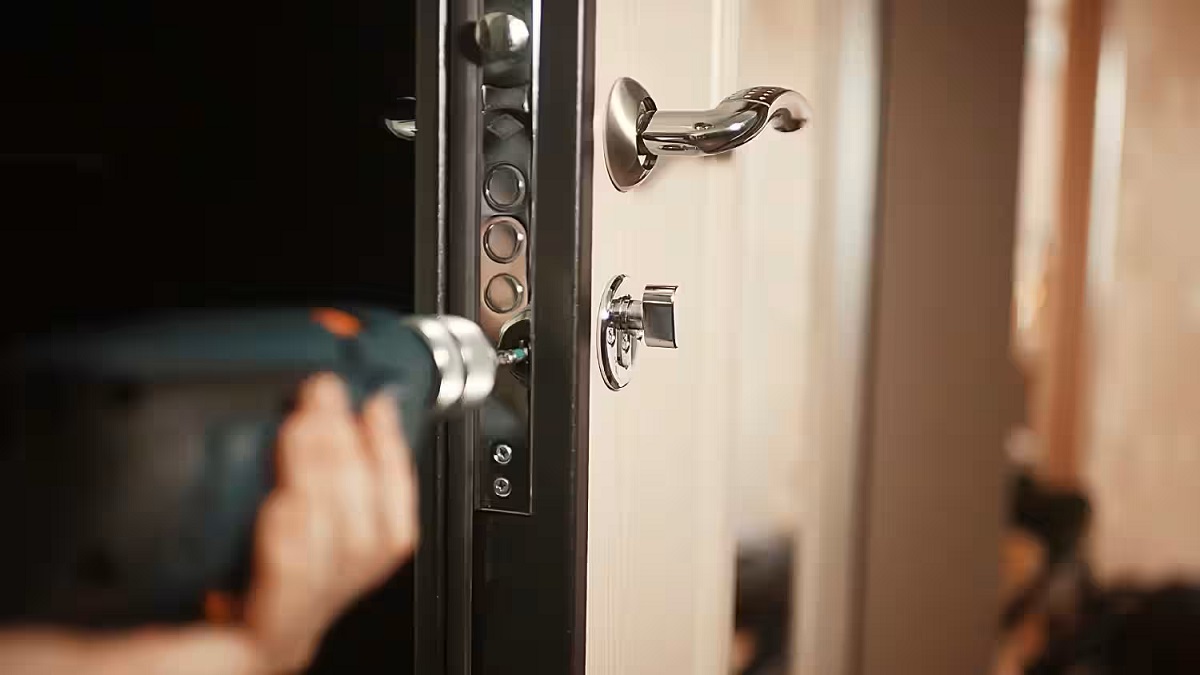
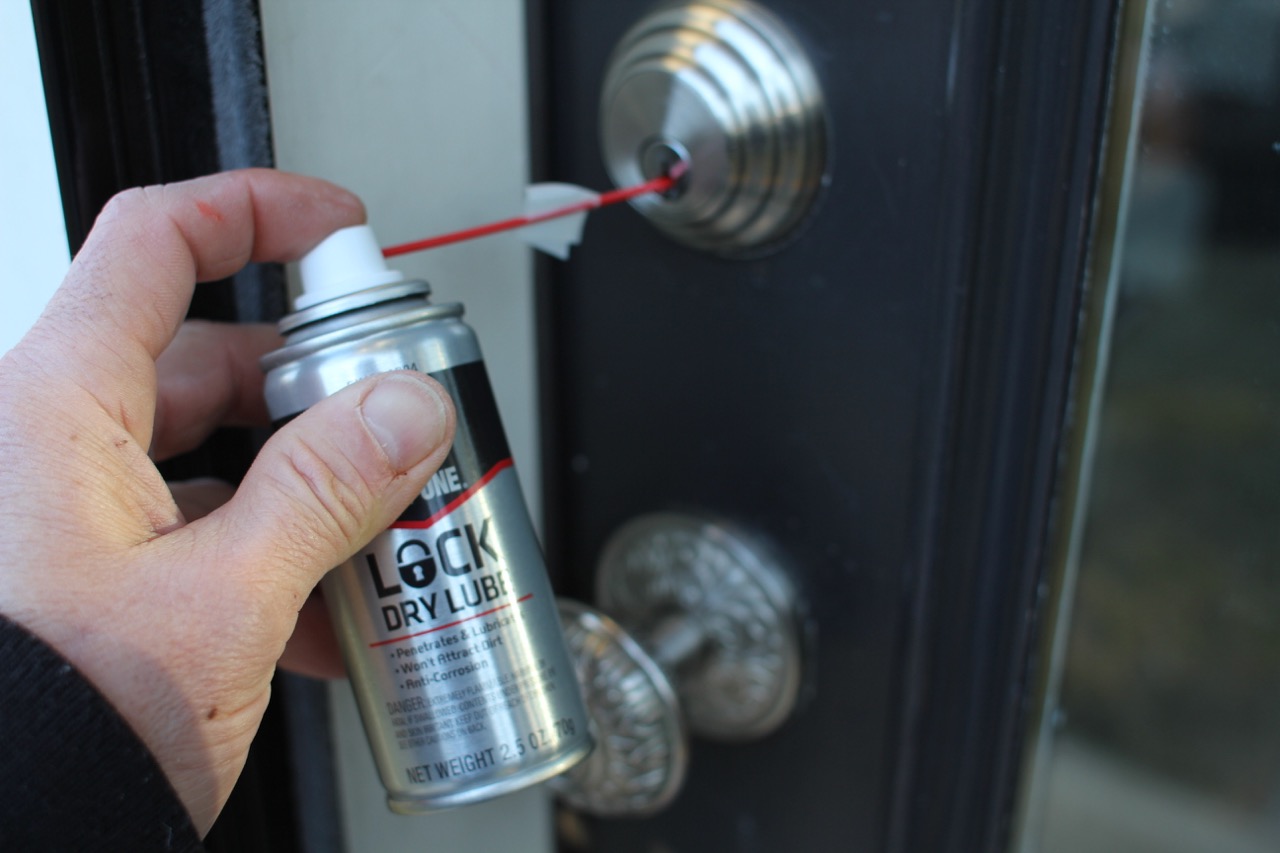
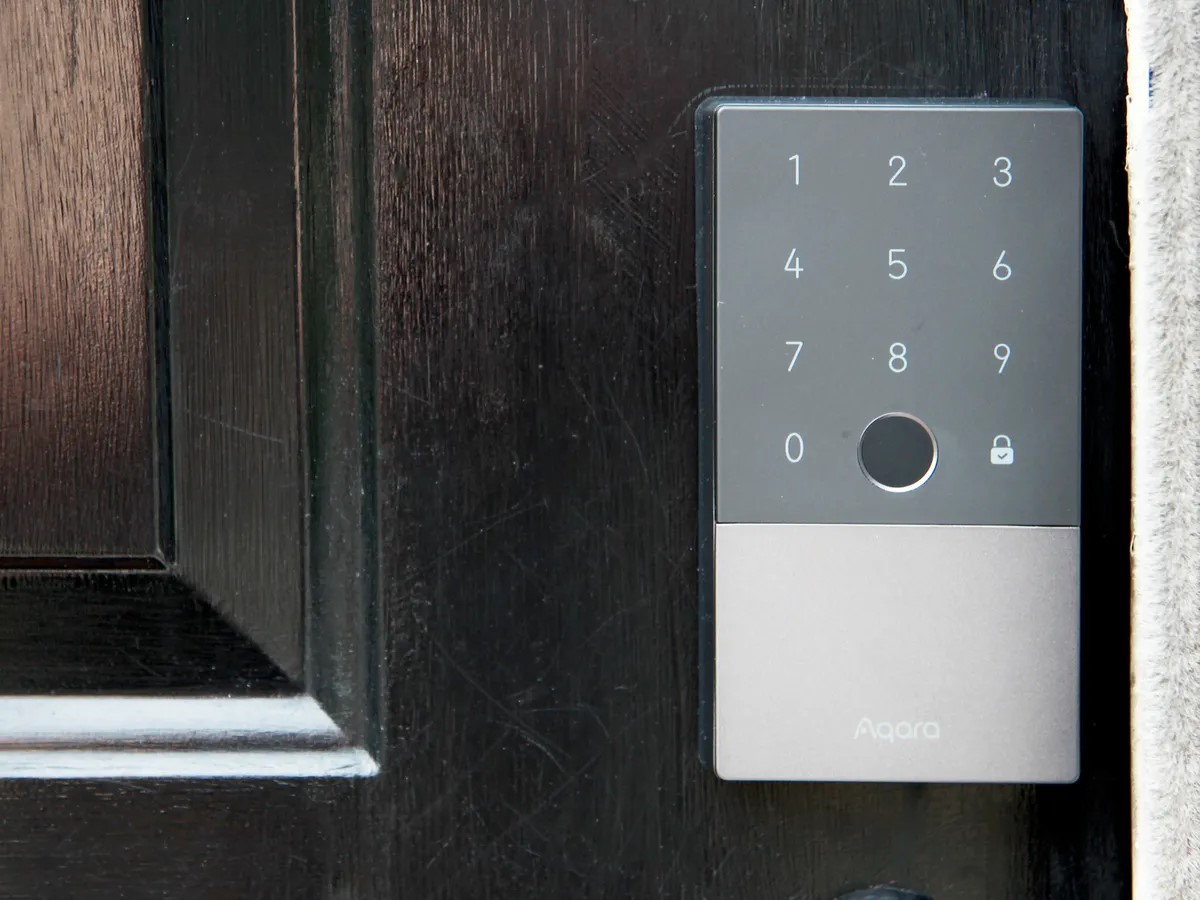
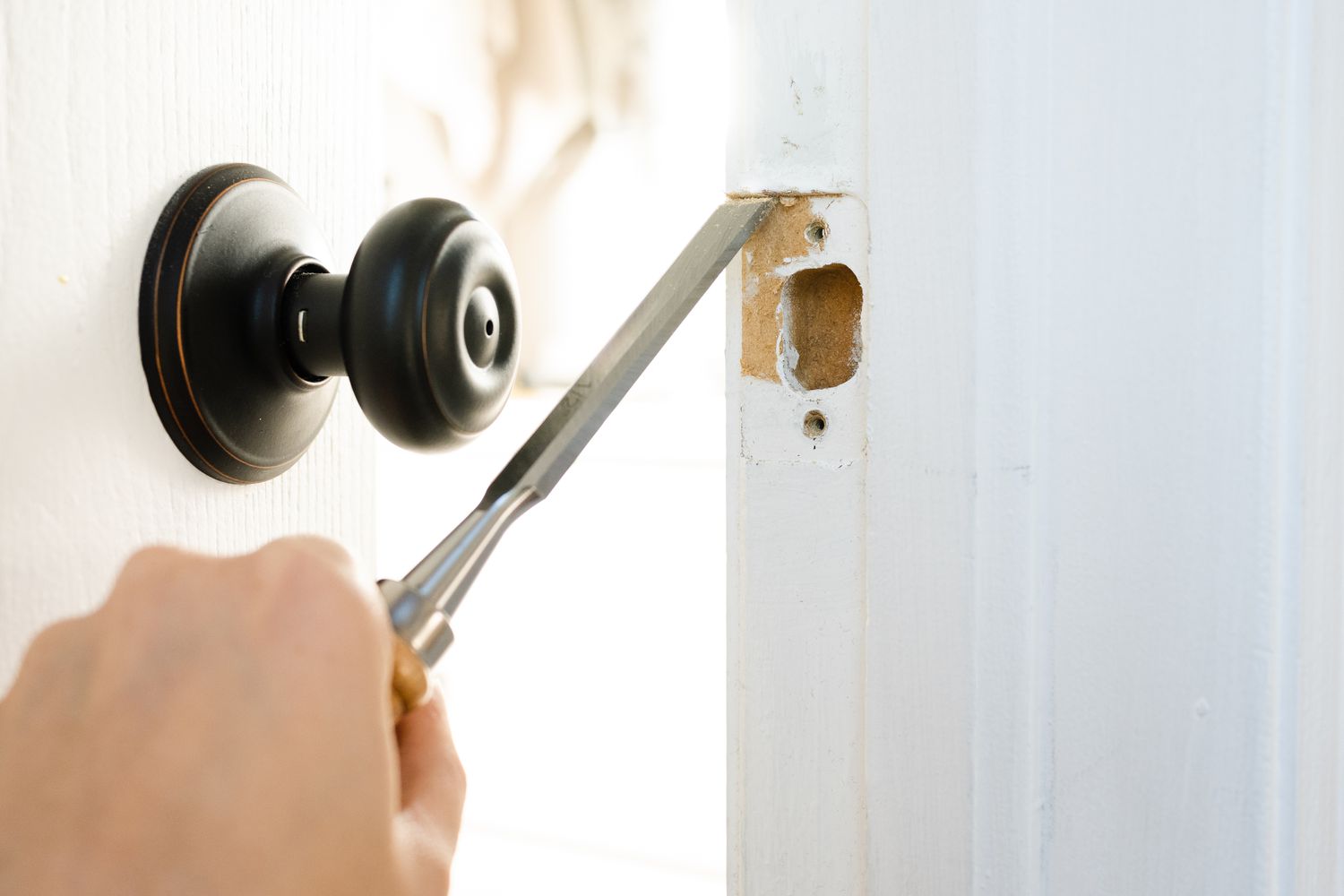

0 thoughts on “How To Make A Makeshift Door Lock”